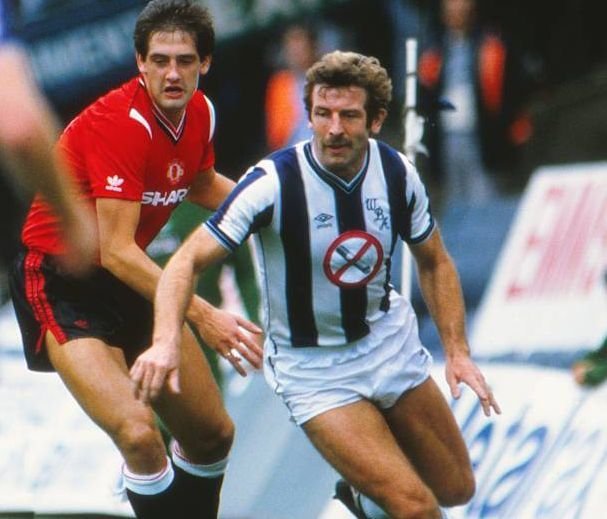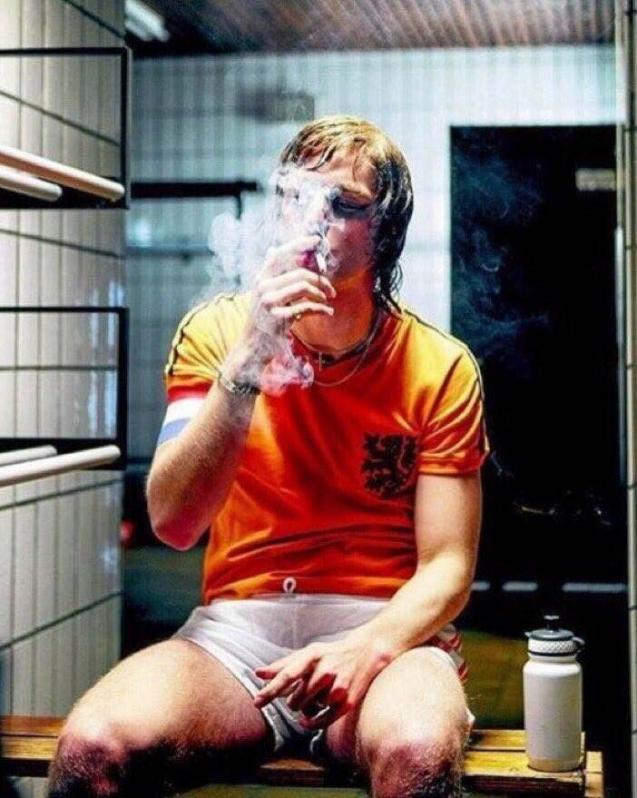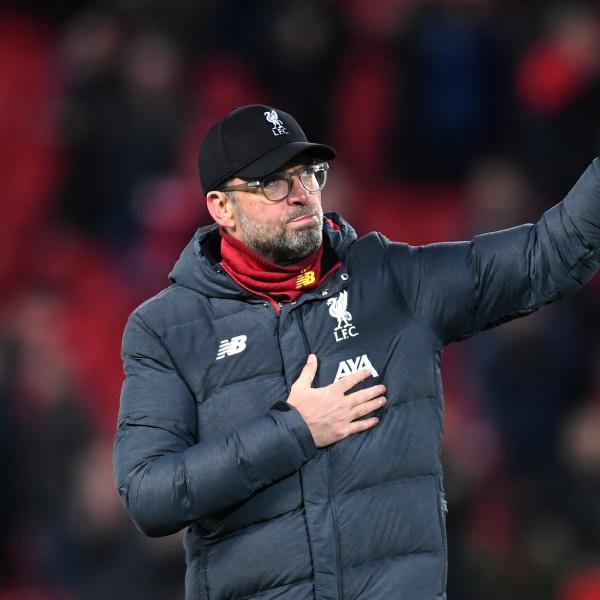When Paris Saint-Germain midfielder Marco Verratti was caught smoking while on vacation in Ibiza, the same alarm bells were ringing in everyone’s heads. As a professional footballer, it’s unhealthy, unprofessional and detrimental to both your career and your club.
As we all know, smoking is detrimental to footballers in every way imaginable, but it’s incredible to see how the perception of this habit has rapidly changed over the last three or four decades in the professional game.

Just say no to smoking. Photo: @Soccer__Issue | Twitter
Today, any professional footballer caught smoking is labeled, as previously mentioned, as being unhealthy, unprofessional and self-destructive. However, prior to the 1990s, professional footballers smoking in public was seen as perfectly normal — so much so that players used to have ashtrays right next to their lockers.
During these times, players wouldn’t just smoke on off days or holidays but at any point during a regular work day. They would smoke the morning of a training session, on match days, on the way to the stadium, entering the stadium, before the pre-match warm ups and even at halftime.
This is something that’s very noticeable and well-depicted in the 2009 movie The Damned United. It was clearly a different time.
In addition, most players wouldn’t moderately smoke, they would smoke more than a pack of cigarettes a day. The late Johan Cruyff and Brazilian legend Socrates were known for smoking close to two packs a day.

Johan Cruyff in the changing room. Photo: @LorcanLong | Twitter
Other footballing greats like Osvaldo Ardiles and Robert Prosinecki admitted to smoking more than 40 cigarettes a day during their playing careers. Even post 1990s players like World Cup winner Fabien Barthez and Portuguese defender Miguel Monteiro confessed to being normal smokers during their playing careers.

Footballing legend and current Bayern manager Carlo Ancelotti. Photo: @Dee_Bartender | Twitter
Again, there’s an obvious reason why this habit has changed so drastically over the years, and it’s probably one of the reasons professional footballers are now experiencing greater longevity in their careers and playing well into their 30s.









